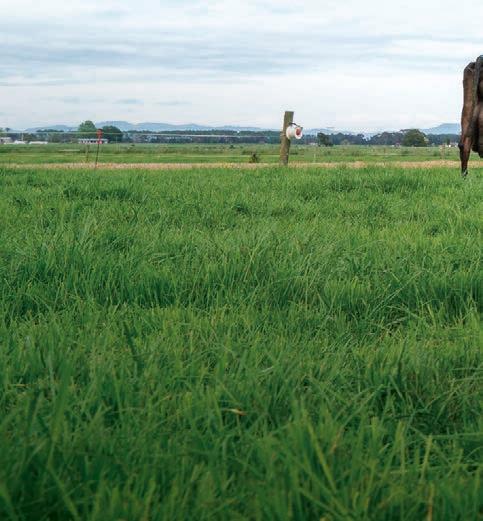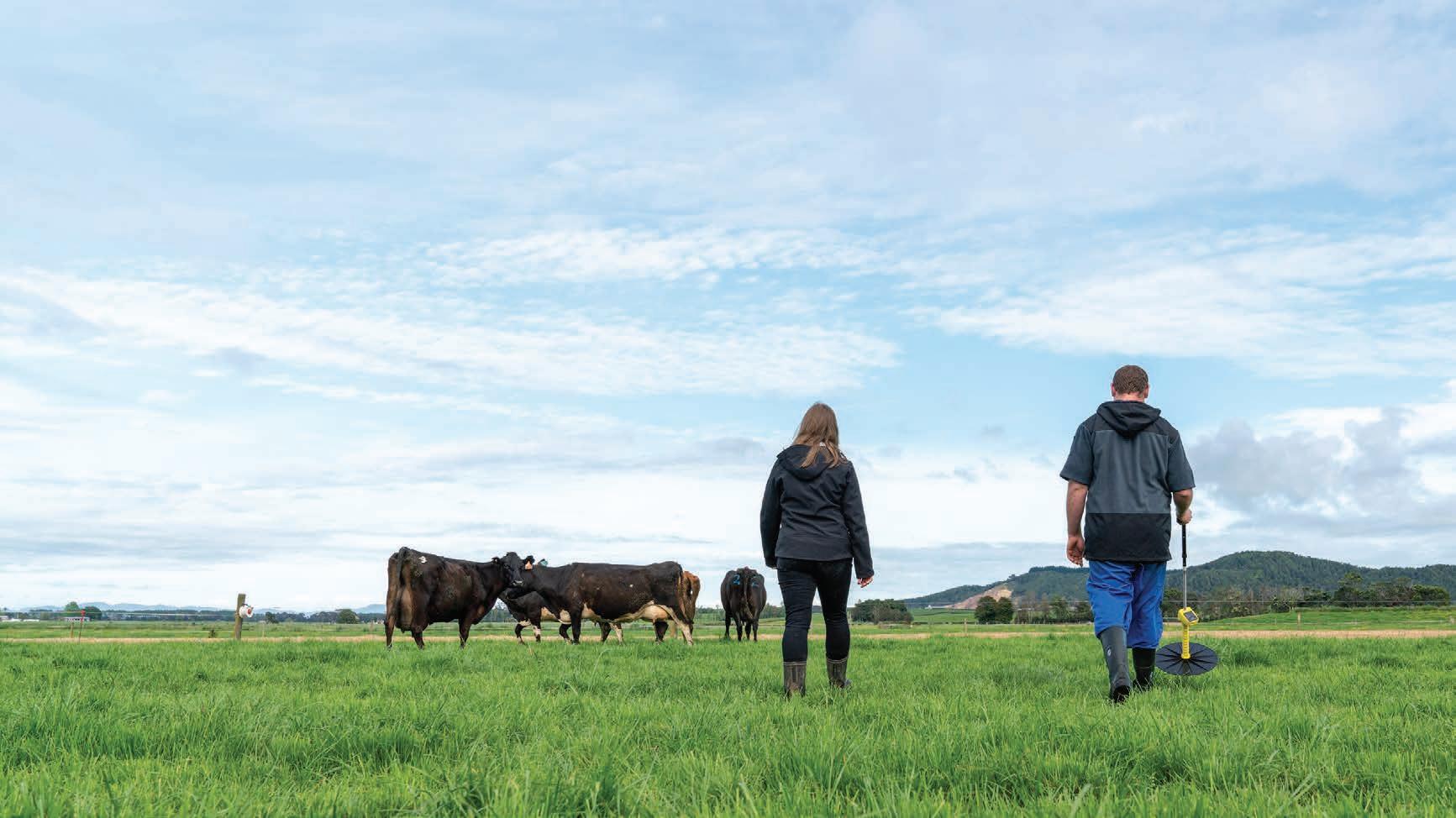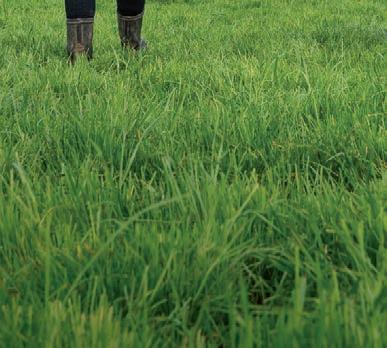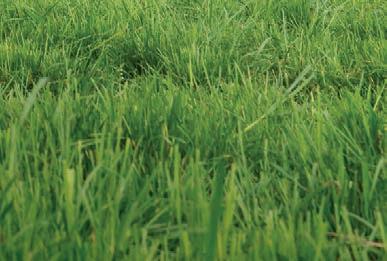
5 minute read
2020 Global Food Security Index
by AgriHQ
Global food systems have been under strain, with many countries struggling to increase productivity, adapt to a worsening climate and reduce environmental harm.
Food security in decline
By Samantha Tennent
Rising temperatures and global warming are having a direct impact on the agricultural sector and food system, as shown in the ninth annual Global Food
Security Index (GFSI) released by the
Economist Intelligence Unit (EIU), sponsored by Corteva Agriscience.
Agricultural production has become more vulnerable in 49 countries compared to the previous index period.
The index measures the underlying drivers of food security in 113 countries, based on the factors of affordability, availability, quality and safety, and natural resources and resilience.
“With food security declining again, we all must heed the urgent call to renew our collective commitment to innovation and collaboration,” Corteva Agriscience chief executive James Collins Jr. says.
“Our future is only as secure as our food system and agriculture is at the heart of it. Together we must better support global food security.”
Highly volatile agriculture production in countries like Australia, Norway and
Sweden demonstrates the risk that climate change poses to agriculture and food production, but while climate change is notably creating new challenges, farmers are still required to anticipate demand for volume of food.
“With the increasing impact of extreme weather conditions and demand, there is a great need for staple crops that are more tolerant to extreme weather and can thrive with limited water, as well as in poor or limited soil,” he says.
The GFSI considers food security in the context of income and economic inequality, gender inequality, and environmental and natural resources inequality, calling attention to systemic gaps and more recently, how covid-19 exacerbates their impact on food systems. Based on these findings, global food security has decreased for the second year in a row.
“The covid-19 pandemic has exposed existing vulnerabilities in the global food system. Although the various stakeholders have been quick to respond, the lockdown restrictions, and resulting economic fallout, have had a disproportionate impact on those living below the poverty line with limited, if any, social protections,” he says.
“In the agricultural sector, smallholder farmers, the majority of whom reside in rural areas, have suffered a significant loss of income as lockdowns have prevented market access and interrupted the planting season.”
This year, the GFSI formally includes Natural Resources and Resilience as a fourth main category. The shift in methodology from the addition is revealing food systems’ resilience against climate change. The sub-indicators under this category include food import dependency, disaster risk management and projected population growth. The 2020 index also measures gender inequality and inequality-adjusted income as sub-indicators for the first time in its history.
“Incorporating the Natural Resources and Resilience category as part of the main index highlights the impact of climate-related factors on food systems and food security,” Pratima Singh, project
lead for the Global Food Security Index at The EIU, says.
“It is critical that climate risk becomes a core part of the dialogue on food security. We hope this will drive muchneeded action on developing policies that can build a stronger and more sustainable global food system.”
For the third consecutive year, the North America region is leading the world in food security. Europe is a close second, accounting for eight of the top 10 countries. Using the new methodology, Finland tops the list, while last year’s leader, Singapore, drops down to 19th place. Ireland retains its second rank position, while the United States moves to 11th place. Overall scores have deteriorated in the categories of Affordability, Quality & Safety and Natural Resources & Resilience. There is a slight improvement in the Availability category.
In 2020, both Australia and the US were impacted by high levels of land degradation, ranking 81st and 63rd respectively on the land degradation indicator. According to the index, Latin America suffering from irregular rainfall and above-average temperatures between June and July 2019, led to a second consecutive year of crop failure in the Dry Corridor spanning Guatemala, Honduras, El Salvador and Nicaragua.
The EIU launched the GFSI in 2012, in partnership with Corteva Agriscience, as a benchmarking tool designed to evaluate the dynamics of food systems and the ability of countries to feed their populations.
The index enables stakeholders to identify strengths and gaps in a country’s performance. It enables governments to build on their strengths and make datadriven decisions on policy initiatives to fill the gaps, thereby improving global food security.
Since inception of the index the overall food security score observed an upward trend from 2012 to 2018. However, there has been a decline since 2018. It underscores the imminent threat from climate change and records the food security shock caused by the pandemic.
“The GFSI shows that sustainable farming is essential to food security and farmer productivity,” he says.
“Global food systems have been under strain even before covid-19 began to spread, with many countries struggling to increase productivity, adapt to a worsening climate and reduce environmental harm.” n

Pratima Singh, project lead for the Global Food Security Index at the Economist Intelligence Unit, says it is critical that climate risk becomes a core part of the dialogue on food security.
Sometimes

IT TAKES A BIT OF COLLABORATION.



TA K E S T O CK
AUTUMN PASTURE PLAN
SE T C O U R SE
BOOK YOUR FREE AUTUMN PLAN TODAY
Call your local TSR now to organise a FREE plan tailored to your farm’s requirements.















